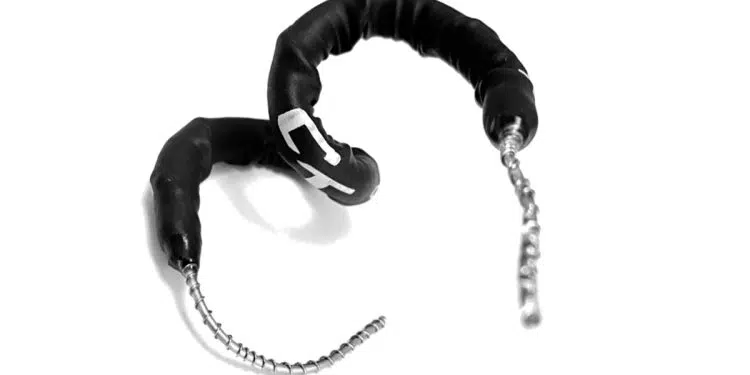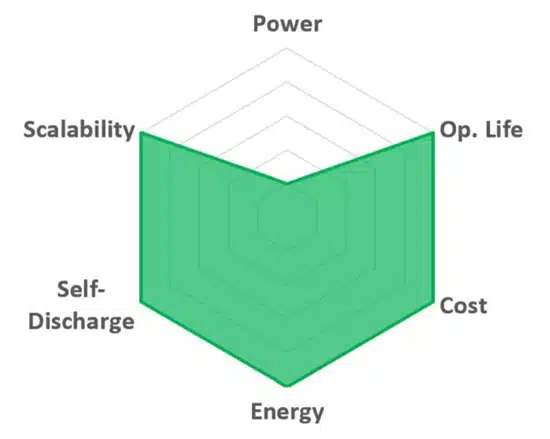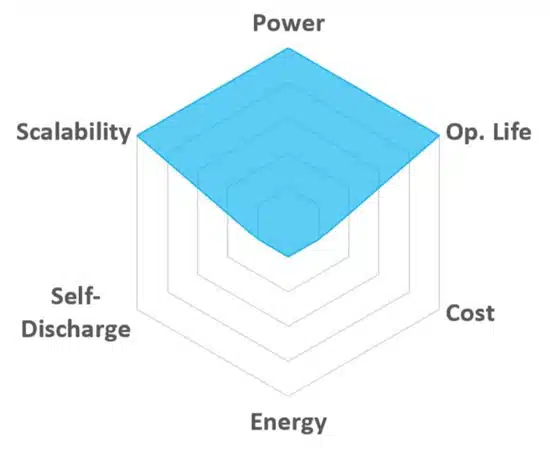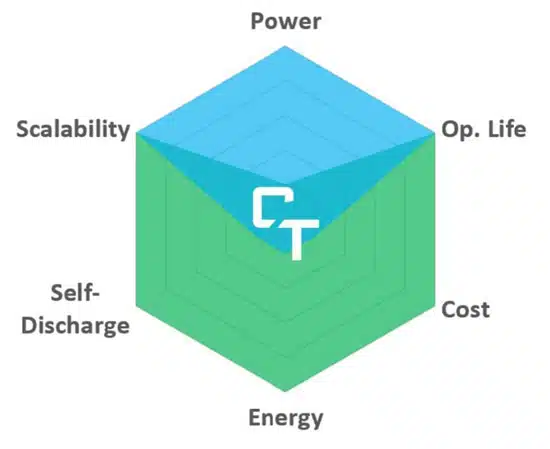This blog article from Capacitech explains how supercapacitor cables provide an external solution that makes batteries perform better.
Do Batteries Really Need to be Better?
Here’s the truth: batteries alone can’t power our future.
What they can do and what they should do are not the same. Although they can store energy for long durations (high energy density) and have a good self-discharge, they have a hard time delivering a lot of energy very quickly (low power density) and have a relatively short operating life.
Charging or discharging at high rates is damaging to batteries, resulting in lost performance and frequent replacements. The current way around this is to oversize the battery so the system can handle these high charge/discharge rates, but this is expensive and unsustainable for the cleantech industry.
If Batteries Alone Can’t Do It, Then What Do We Do?
Batteries aren’t the only energy storage technology out there, and it’s time to start bringing the others onto the playing field. One of these other technologies is supercapacitors.
Supercapacitors have a long operating life (upwards of one million cycles) and deliver a lot of energy very quickly (high power density), making them the perfect solution for applications that require bursts of high power. However, supercapacitors lack the high energy density and impressive self-discharge rate that batteries have, making them an unviable battery replacement in some applications.
But what if what we’re looking for isn’t necessarily a replacement but an addition?
The ideal energy storage system would utilize multiple technologies to get the best of both (or all) worlds, creating a hybrid energy storage system. It’s easier said than done, however. Combining multiple technologies does not come without tradeoffs. Most applications are limited in physical space, forcing designers to sacrifice energy storage capacity for peak power capacity.
This tradeoff typically discourages the usage of hybrid systems, but what if something on the market could mitigate these tradeoffs?
Supercapacitor Power Storing Cables May be the Answer
Capacitech’s cables leverage the superpowers of supercapacitors to enhance energy-dense technologies like batteries and fuel cells without the tradeoffs that typically come with hybrid energy storage systems.
We hide supercapacitor technologies in the wiring infrastructure, keeping areas aesthetically pleasing and allowing customers to utilize traditionally unused space for energy storage. As a supercapacitor would, our cables provide peak power support, helping batteries start loads they may not have been able to do on their own.
Electronics designed to manage the power flow through the system are pre-integrated into the cables, allowing batteries and supercapacitors hidden inside the cable to work as a team. Additionally, the cable is a drop-in solution making way for easy installation, allowing customers to enhance pre-existing battery systems without design tradeoffs.
Capacitech bridges the gap between energy storage technologies, enhancing and enabling hybrid systems. Our cables provide the advantages of supercapacitors to create the ideal energy storage system, all while mitigating the tradeoffs typical of them.


































